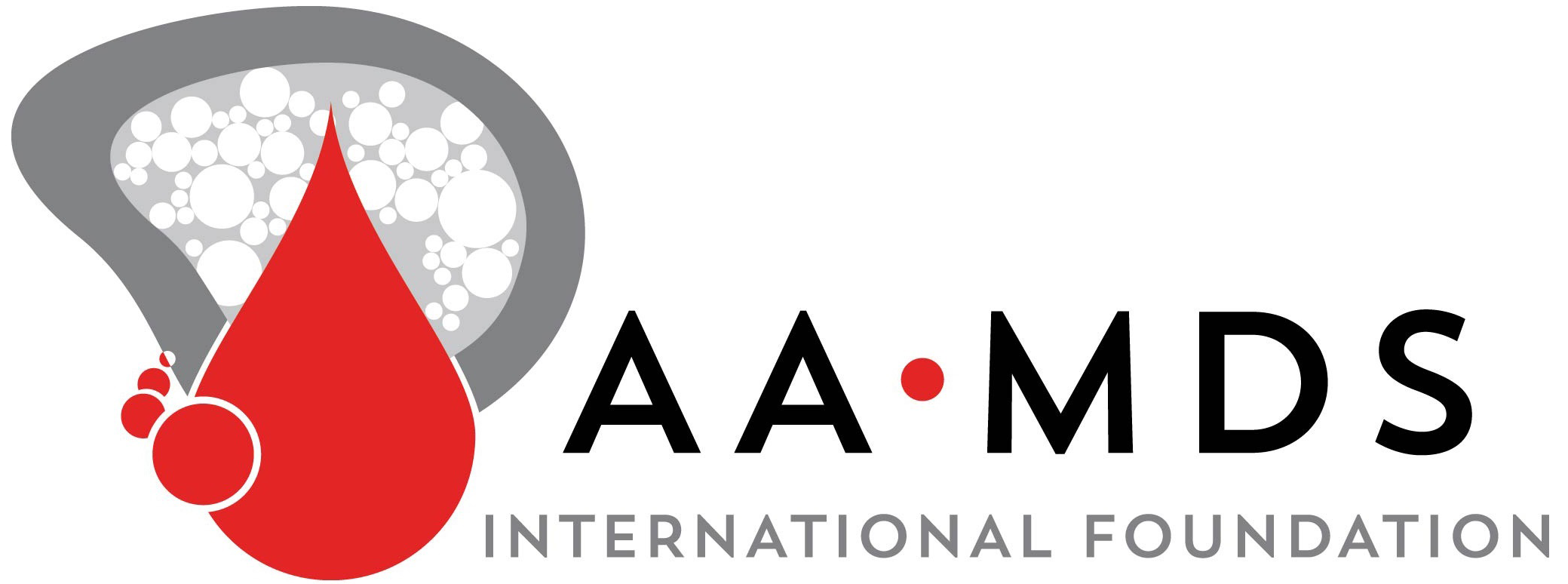- About Us
- Advertise / Support
- Editorial Board
- Contact Us
- CancerNetwork.com
- TargetedOnc.com
- OncLive.com
- OncNursingNews.com
- Terms & Conditions
- Privacy
- Do Not Sell My Information
- Washington My Health My Data
© 2025 MJH Life Sciences™ and CURE - Oncology & Cancer News for Patients & Caregivers. All rights reserved.
Reblozyl is a ‘Better First-Line Therapy’ for Anemia in MDS Subset
Ashley Chan, assistant editor for CURE®, has been with MJH Life Sciences since June 2023. She graduated with a B.A. in Communication Studies from Rowan University. Outside of work, Ashley enjoys spending time with family and friends, reading new novels by Asian American authors, and working on the manuscript of her New Adult novel.
Reblozyl for anemia in patients with an MDS subset demonstrated positive effects, compared with previous treatments, according to an MDS expert.
Treatment with Reblozyl (luspatercept-aamt) was recently approved by the U.S. Food and Drug Administration (FDA) for anemia (low red blood cell count) in patients with low- to intermediate-risk myelodysplastic syndrome (MDS) who may need red blood cell transfusions and have not previously received erythropoiesis-stimulating agents (ESA), which is medication that stimulates bone marrow to generate red blood cells.
Reblozyl is a drug that aids the bone marrow in producing more red blood cells and specifically treats patients who have anemia related to certain types of MDS and regularly require red blood cell transfusions. The drug is also specifically used for patients with certain types of MDS when an ESA may not be effective, according to National Cancer Institute.
Myelodysplastic syndrome, as also defined by National Cancer Institute, is when the bone marrow does not produce enough healthy blood cells, including red and white blood cells and platelets, and abnormal cells are present in the blood, bone marrow or both. Infection, anemia or bleeding may occur when there are less healthy blood cells.
The FDA approval of Reblozyl is based on a phase 3 clinical trial, COMMANDS, which was led by Dr. Guillermo Garcia-Manero, a professor of medicine in the department of leukemia, a leukemia physician and chief of the section of myelodysplastic syndromes at The University of Texas MD Anderson Cancer Center in Houston, Texas.
“(The FDA approval of Reblozyl) is very important because for … maybe close to 30 years, we’ve been using a class of drugs that we call erythropoiesis-stimulating agents. … They actually were never really formally studied or approved, at least in the United States for the treatment of anemia,” Garcia-Manero told CURE® during an interview.
“But the reality is that the response rate and the duration of the response with the ESAs (were) not really optimal. And therefore, we were in need of a new class of drugs that could really improve the rates of transmission dependency, meaning the frequency of demonstrations in our patients,” he said. “And because anemia and transfusions are so prevalent in this group of patients with MDS, (Reblozyl) is basically a major need for our patients.”
With the recent FDA approval of Reblozyl, doctors have a new alternative to ESAs for patients with low- to intermediate-risk MDS, Garcia-Manero said, that has demonstrated a higher rate of response or higher duration of response (the time it takes a tumor to respond to treatment), and Reblozyl constitutes “a better first-line therapy for patients with anemia.”
The data reflected from the COMMANDS trial confirmed that the toxicity profile of Reblozyl was similar to that of ESAs, Garcia-Manero noted.
“There were no more toxicities within (Reblozyl) compared to the standard of care (proper treatment that is approved by doctors for a certain disease),” he said.
In a prior trial, MEDALIST, that focused on the efficacy and safety of Reblozyl in anemia for patients with low- to intermediate-risk MDS, a small fraction of patients developed a type of fatigue that researchers could not understand well, but it could be mitigated by decreasing the dose or improving intervals (time between one treatment regimen to the next), Garcia-Manero explained.
“Overall, (Reblozyl) is extremely well-tolerated. It does not really cause cytopenia, meaning loss in blood count. … And furthermore, it does not appear from the data that there is an increased rate of transformation to, let’s say, high-risk MDS or AML (acute myeloid leukemia, when there are too many immature white blood cells found in the bone marrow and blood),” said Garcia-Manero.
An unmet need based on the COMMANDS trial was reaching a higher response rate percentage, Garcia-Manero noted.
“Let’s say, from the COMMANDS trial, our response rate (was) 30% with an ESA to now 60% or so with (Reblozyl). So, you double it — we would like 100%,” Garcia-Manero described. “So, investigators are already starting to talk about combinations. We’re starting to talk about early treatment of low-risk MDS, even in patients that are what we call proficient independent, so in the very early stage of this disease.”
For more news on cancer updates, research and education, don’t forget to subscribe to CURE®’s newsletters here.
Related Content:



